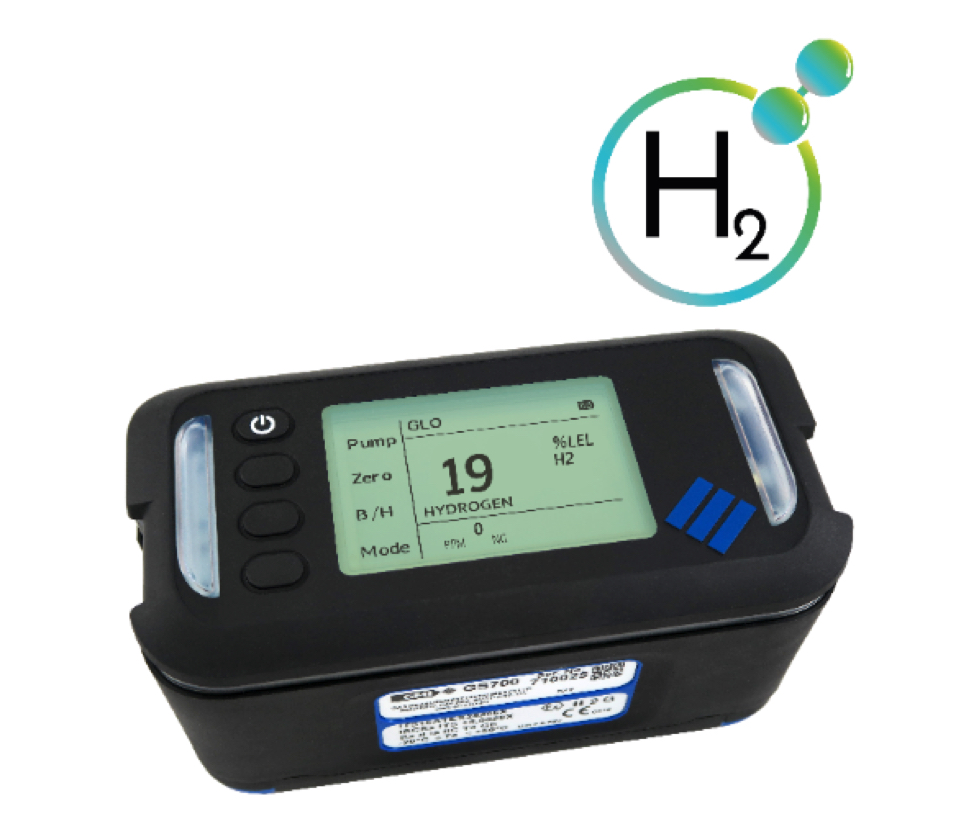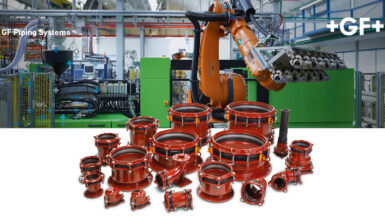A chemical interaction involves the media chemically altering the polymer, it is the polymer chain that forms the main constituent of any elastomer. This can lead to a softening or hardening of the material, or a change in other properties such as tensile strength, or elongation. These chemical interactions are irreversible and depending on the rate of chemical change, can have serious adverse effects for elastomer seals in service.
A physical interaction does not chemically alter the polymer, but instead causes physical changes to the material to occur. An example would be increased swell, where the media permeates into the elastomer and causes a change in the physical size of the sample. This can be reversed if the media is able to permeate back out of the elastomer resulting in no permanent effects. Another physical phenomenon would be rapid gas decompression (RGD), where permeated gas is trapped inside the elastomer but, if the system pressure is quickly released, a pressure difference occurs between the gas trapped in the elastomer seal and the surrounding environment. The gases within the elastomer will expand which, if the material is not suitably resistant, can cause catastrophic damage to the seal.
How does hydrogen interact with elastomers?
Hydrogen is already present in some polymer chains and unlike potential interactions with metals, hydrogen is generally considered unlikely to chemically interact with most polymers used in sealing systems. In fact, hydrogen can play a useful role in the manufacture of polymers, for example working to turn the double carbon bond in a nitrile (NBR) elastomer into a stronger single bond present in a hydrogenated nitrile (HNBR) material. Media compatibility charts such as those published in BS EN ISO 11114-2 highlight that hydrogen is compatible with many polymer types, further supporting the view that hydrogen is unlikely to cause chemical attack.
However, these considerations do not consider the whole application. As we’ve seen, media can interact with polymers in two broad ways, chemically and physically, and while existing research points to minimal chemical concerns, the risks from physical interaction are quite different.
Through in-house and third party testing across a range of materials we have found that hydrogen has the potential to cause severe RGD damage in materials not specifically compounded to offer resistance to this phenomenon. This means that in conditions and applications where pressure can reduce very quickly, seals could suffer from significant RGD damage. Applications at risk include valves, pipelines, compressors and hydrogen storage tanks or canisters.
Given that hydrogen is a highly combustible gas that can aggressively corrode some metals, it is critical for safe operations that the gas is sealed in a controlled way.
In order to offer assurances that seals are appropriate for service, James Walker can provide test results, offering evidence to support the selection of RGD resistant materials suitable for hydrogen – look out for the ‘H2 Ready’ icon, which denotes material suitability for hydrogen service, when using our website or literature.
If you have questions about qualifying, specifying or selecting products for use with hydrogen, or would like to discuss hydrogen projects in more detail, please contact our product and materials experts through your local James Walker office or by visiting our website. They will be happy to review your requirements and provide evidence-based solutions to support your needs considering a range of factors that may affect elastomer selection.































